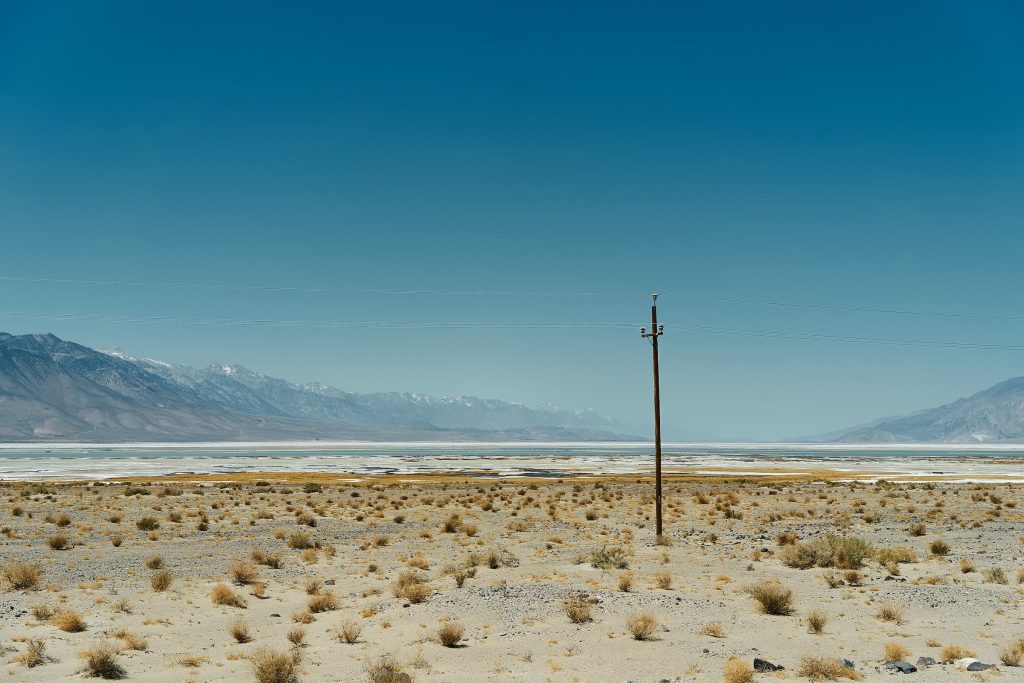Water Scarcity Is All Around Us
By Jane Marsh
Many Americans think of water scarcity as something that only affects developing nations. That could not be farther from the truth — millions of people in the U.S. lack running water or basic indoor plumbing, even in highly developed areas. As climate change worsens, droughts will affect everyone regardless of economic status. Money just cannot buy rain.
Worsening Drought
Experts predict that by 2071, almost 50% of U.S. freshwater basins could be unable to meet water demands. This crisis will lead to severe water shortages across the United States, including the southern and central Great Plains, the central Rocky Mountain states, the Southwest, South, Midwest and parts of California.
The U.S. could be as much as 5.7°F warmer by 2050. Although that may not sound alarming, a 2013 study in Salt Lake City, Utah, found that for every degree of warming, surrounding streams in the region could see a 6.5% reduction in flow. Climate change across the country will lead to evaporation in rivers, lakes and reservoirs, as well as more serious, prolonged droughts. It is already happening in several places.
Lake Mead — which straddles Nevada and Arizona — is the largest artificial body of water in the United States. Lake Powell in Utah and Arizona is the second largest. Both have fallen to record-low water levels. The lakes supply water and electricity in Arizona, California, Colorado, Mexico, Nevada, New Mexico and Wyoming. They cannot flow downstream and power hydroelectric plants if they get dry enough.
Even in northern areas receiving greater rainfall due to climate change, the rain tends to come in intense bursts that are hard to capture and use. Coupled with the fact that only 3% of the world’s water is freshwater, it is no wonder why there is a scarcity problem.
In response to the encroaching water crisis, the U.S. is building more desalination plants to convert seawater into drinkable water, but the process is expensive. Better solutions are necessary.
One proposed idea is to cover waterways with solar panels to reduce evaporation and California is already testing the strategy. Industrial water usage can also be curbed by installing better reverse osmosis systems — which improve efficiency at power plants — and reducing agricultural irrigation, implementing smart water sensors and recycling wastewater.
Individuals can also limit their water usage to cut down on overall water loss dramatically. By taking shorter showers, not running the faucet while doing dishes and installing low-flow water fixtures, residents of drought-stricken areas will significantly impact water conservation.
Socioeconomic Factors Causing Water Scarcity
It is not just drought that leads to water insecurity — one study found 1.1 million Americans lack plumbing in their homes, although 73% of those households are in cities. In general, this form of water crisis disproportionately affects people of color, renters, people living in mobile homes and those with lower incomes.
The study found poor housing conditions and social and racial inequality contributed strongly to the lack of access to running water. The biggest factor associated with needing plumbing was low income. Mobile homes were more strongly correlated with service shutoffs, poor water access and health code violations than any other type of housing.
Another form of water scarcity comes from living in areas with unsafe drinking water. Many minorities and people with lower incomes live near sources of industrial pollution because the housing is cheaper. Flint, Michigan, became infamous for its lead-contaminated water supply that disproportionately harmed low-income minorities.
Not having plumbing limits drinking, cooking, showering and bathing at home. It also contributes to illnesses that hand washing helps prevent, such as COVID-19, food poisoning and eye infections. Lack of running water can cause dehydration, anxiety, stress and mental health problems.
Having reliable access to water is a human right. There is no excuse for people to go thirsty in cities with enough available water to supply the entire population.
Solving the Water Crisis
Water scarcity is not a distant problem — it is all around. The United States must take action to improve desalination and water catchment technology, reduce water consumption and provide every resident with access to clean, running water.
Crucially, it is time to stop the climate change causing this crisis in the first place. Until people do that, they are fighting an uphill battle.
Jane Marsh is Editor-in-Chief at Environment. co




